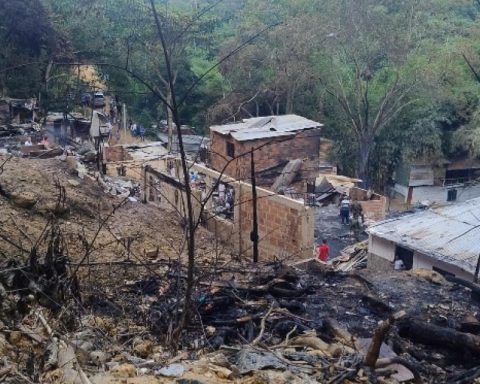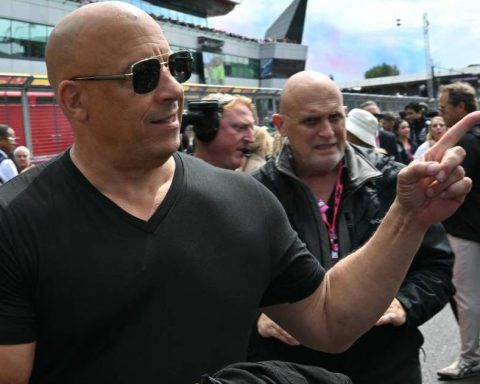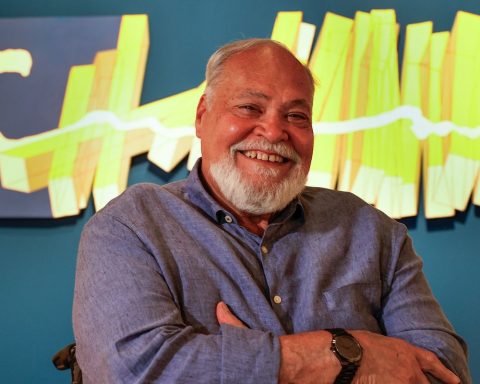In three months the Casa de Nariño will have a new occupant, and with this in mind, the center of thought Fedevelopment yesterday presented a series of 16 documents ‘what to do in public policies’, with economic proposals.
The first of them, and on which the executive director of Fedesarrollo, Luis Fernando Mejía, made a special presentation, is the economic protection for old agefor which Fedesarrollo presented a model of pillars as a proposal for the structural pension reform that the country requires.
(‘Pension reform, with a focus on new forms of youth work’).
The first pillar proposed by the study center would be “free pillar and universal coverage of defined benefits”, and would deliver a $500,000 monthly aid (or 13 units of UVT tax value), to all adults over 65 years of age who do not receive a pension from the current mandatory system.
This pillar would have a estimated cost of 2.18% of GDP, or $30 billion annually, according to the entity, however, Mejía reiterated that subsidies for high pensions are equivalent to 2.6% of GDP per year.
“This would be complemented by a second pillar, very similar to the current one from the point of view of contributions, but which would have greater competition, not only private pension funds and Colpensiones, but also other savings mechanisms.”, explained the director of Fedesarrollo.
The third pillar would be voluntary individual savingsmaintaining the incentives for voluntary savings for old age, which, according to the entity, would be up to a defined limit in units of tax value.
Although the documents of the 16 work areas have already been presented, week after week Fedesarrollo hopes to publish a video that deepens each of its proposals.
“Thus, when a person reaches their pension age, they would have the universal assistance of $500,000, plus what they saved in the second pillar and what they may have in their voluntary savings,” explained Mejía.
(Pension reform: proposals grow outside the campaign).
Among the entity’s criticisms is that the current system has low coverage, with barely 25% of the older population with access to a pension, high regressiveness and inequities.
Other themes
“Our objective is that this prioritization exercise can provide the incoming government with a clear roadmap of the actions that could have the most impact in the next four years.”, Mejia stated.
For the economist, very close to a pension reform is also the need for a change in employmentwhich is precisely the second document presented by the entity, as well as a change in tax matters.
In the first issue, the main problem is high unemployment and high informality, and Fedesarrollo proposes reform social security contributions in health and pensions, as well as contributions to compensation funds.
Regarding taxes, the entity suggests eliminating the existing sectoral and business exemptions, and also gradually reducing the income tax rate for thes companies from 35% to 30%, among other proposals.
Other documents presented by the entity focus on corruption, education, social policy, health, and territorial development, among others.
LAURA LUCIA BECERRA ELEJALDE


















